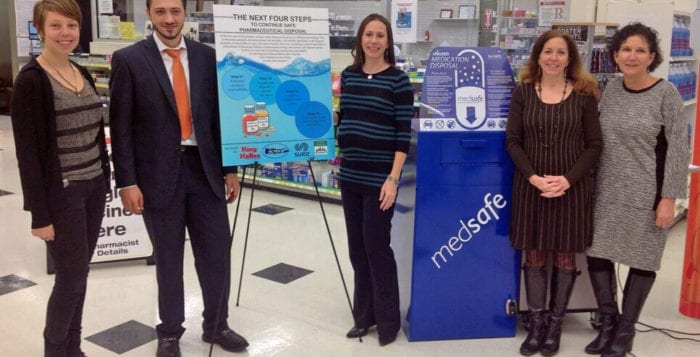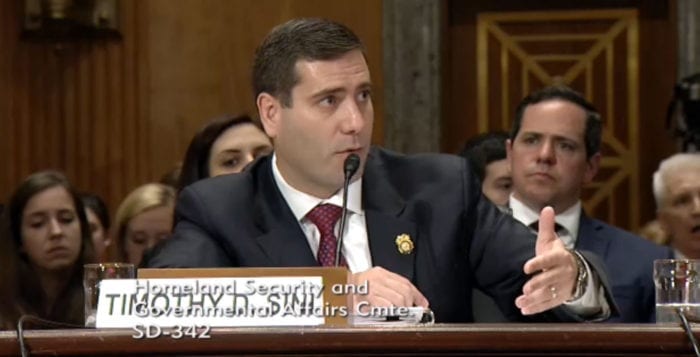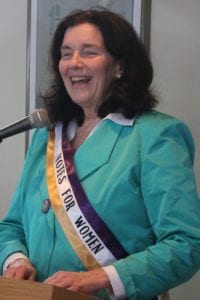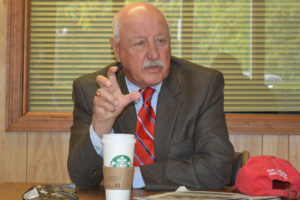By Desirée Keegan
New York is taking another step toward ridding our community and our homes of dangerous drugs.
The state Assembly passed the Drug Take Back Act June 20 following the Senate’s passage of the bill the night before, which will establish a statewide program to provide free, safe pharmaceutical disposal
for unused or expired medications.
Pharmaceutical manufacturers, rather than the taxpayers, will foot the entire bill for implementing the program. Chain pharmacies will be required to provide free drug take-back sites, while other authorized collectors, like independent pharmacies and local lawenforcement, will have the option to participate.
“This landmark law makes New York a national leader in addressing the opioid crisis and protecting our waters from pharmaceutical pollution,” said Adrienne Esposito, executive director of Citizens Campaign for the Environment, applauding state Sen. Kemp Hannon (R-Garden City) and Assemblywoman Aileen Gunther (D-Middletown). “[They] have stood up for clean water, public health and New York taxpayers over the special interests of the multibillion-dollar pharmaceutical industry.
This drug take-back legislation is the best in the nation and we believe it will be adopted by other states. The cost to the pharmaceutical industry will be negligible — communities that have passed similar laws estimated a cost of just a couple pennies per prescription.”
This legislation ensures all New Yorkers will have convenient access to safe drug disposal options. Making safe disposal options accessible to the public will reduce what officials described as the harmful
and antiquated practice of flushing unwanted drugs. Drugs that are flushed are polluting waters from the Great Lakes to Long Island Sound, threatening aquatic life, water quality and drinking water.
“A lack of options to safely dispose of unused drugs is contributing to the national drug abuse epidemic that is now the leading cause of injury and death in the U.S., ahead of car accidents,” said Andrew Radin, chair of the New York Product Stewardship Council and recycling director for Onondaga County Resource Recovery Agency. “Deaths from drug overdoses and chronic drug abuse in New York state have increased 71 percent between 2010 and 2015.”
More than 2,000 people in New York die annually from opioid overdose, and 70 percent of people that abuse prescription drugs get them from friends and family, according to the Citizens Campaign for the Environment.
“The Drug Take Back Act will save lives by stopping prescription drug abuse at its source,” Radin said.
A coalition of environmental, public health and product stewardship organizations praised Gov. Andrew Cuomo (D) and the state Department of Environmental Conservation for a recently released report, called “The Feasibility of Creating and Implementing a Statewide Pharmaceutical Stewardship Program in New York State,” which called for the disposal program to be funded by the pharmaceutical industry. Cuomo asked for the report when he vetoed what he called a poorly crafted disposal bill that passed the legislature last year.
“Safe drug disposal options will help save lives by getting leftover prescription drugs out of household medicine cabinets, where they are often stockpiled and abused,” Esposito said. “We now look forward to seeing the governor sign this critical bill into law.”
















